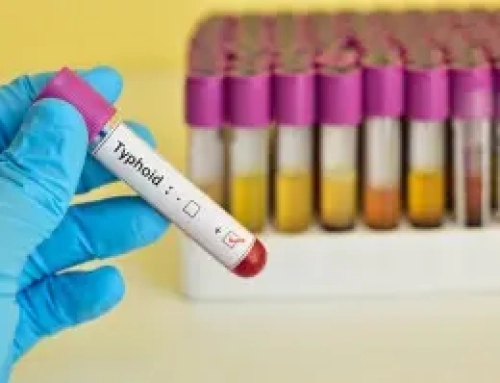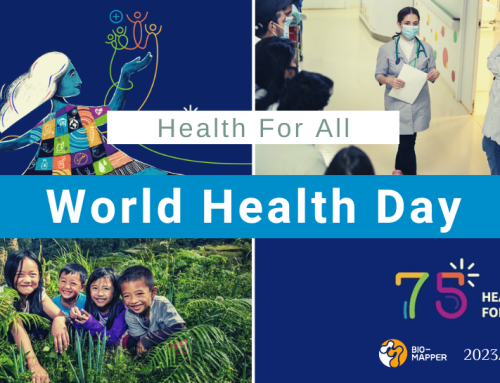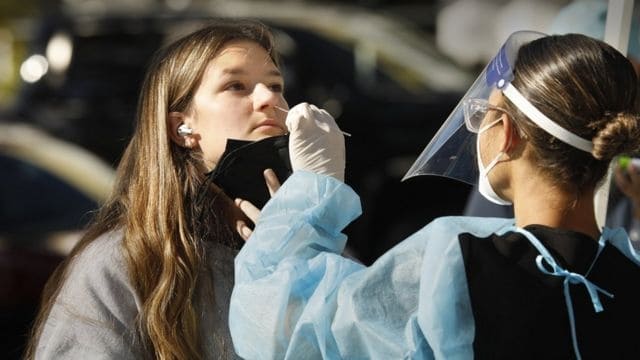
According to new coronavirus epidemic statistics from Johns Hopkings University in the United States, the cumulative number of deaths in the United States has approached 1 million. Many of those who died were parents or primary caregivers of children, who thus became “new coronavirus orphans”.
According to Imperial College UK statistics, as of early April 2022, about 197,000 minors under the age of 18 in the United States had lost at least one of their parents due to the new coronavirus epidemic; nearly 250,000 children had lost their primary or secondary guardians due to the new coronavirus epidemic. According to data cited in the Atlantic Monthly article, one in 12 orphans under the age of 18 in the United States loses their guardians in the new coronavirus outbreak.
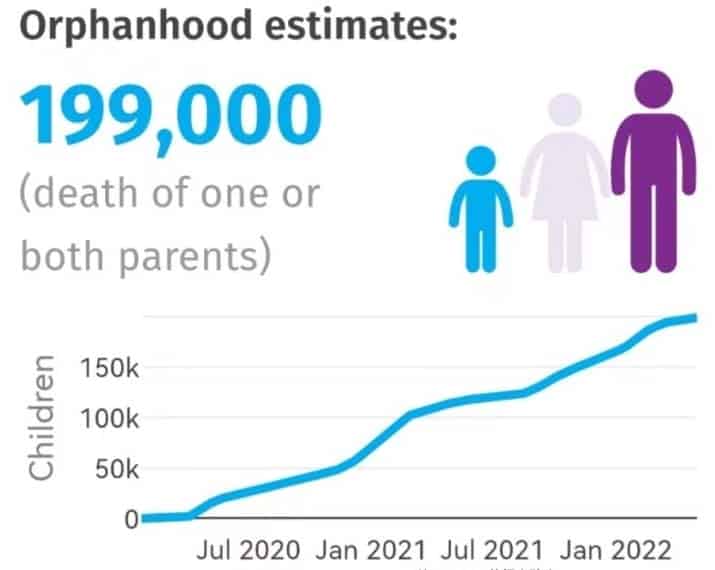
Globally, from March 1, 2020, to April 30, 2021, we estimate 1 134 000 children (95% credible interval 884 000–1 185 000) experienced the death of primary caregivers, including at least one parent or custodial grandparent. 1 562 000 children (1 299 000–1 683 000) experienced the death of at least one primary or secondary caregiver. Countries in our study set with primary caregiver death rates of at least one per 1000 children included Peru (10·2 per 1000 children), South Africa (5·1), Mexico (3·5), Brazil (2·4), Colombia (2·3), Iran (1·7), the USA (1·5), Argentina (1·1), and Russia (1·0). Numbers of children orphaned exceeded numbers of deaths among those aged 15–50 years. Between two and five times more children had deceased fathers than deceased mothers.
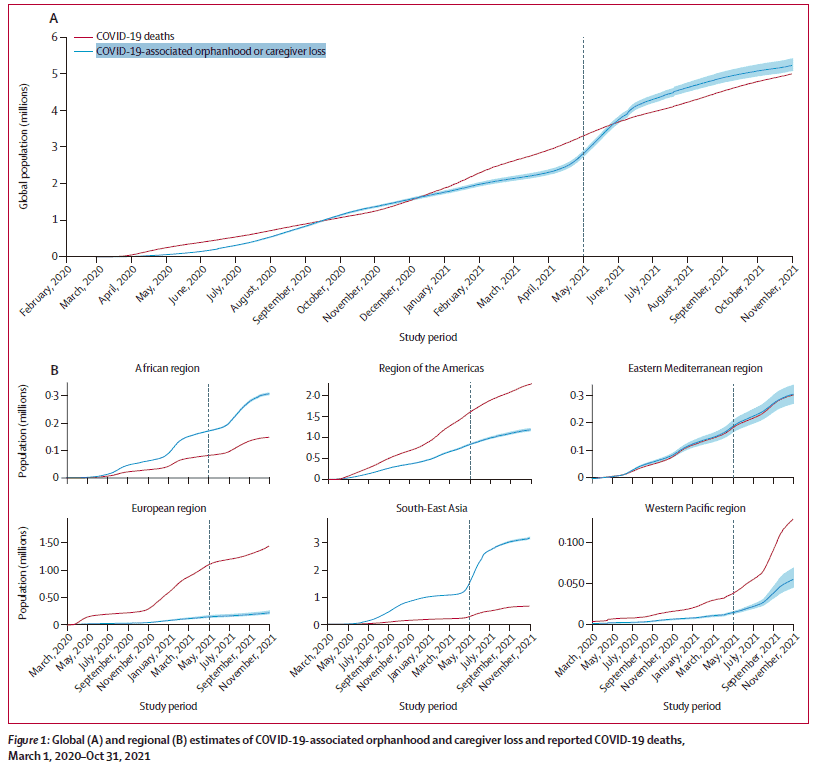
(Source of excerpt: The Lancet)
According to the report, the death of caregivers and the emergence of “new coronavirus orphans” are a “hidden pandemic” caused by the epidemic.
According to ABC, as of May 4, more than 1 million people in the United States have died of new coronavirus pneumonia. According to the Centers for Disease Control and Prevention, an average of every four new coronavirus patients die, and one child loses guardians such as his/her father, mother, or grandfather that can provides security for his/her clothing and housing.
Therefore, the actual number of children becoming “new coronavirus orphan” in the United States may be even larger compared with media reports, and the number of American children who lose family care and face associated risks due to the new coronavirus pneumonia epidemic will be alarming if factors such as one-parent families or guardian rearing status are taken into account.
As with many social problems in the United States, the impact of the new coronavirus epidemic “orphan tide” on different groups is not proportional to the proportional of the population, and vulnerable groups such as ethnic minorities are significantly “more injured”.
Date showed that Latino, African, and First Nations children in the United States were 1.8, 2.4, and 4.5 times more likely to be orphaned because of the new coronavirus outbreak, respectively, than white American children.
According to an analysis of the Atlantic monthly website, the risk of drug abuse, dropping out of school and falling into poverty will increase significantly for “new coronavirus orphans”. They are almost twice as likely to die of suicide as non-orphans and may suffer from a variety of other problems.
UNICEF has made it clear that government action or omission has a greater impact on children than any other organization in society.
However, when such a large number of “new coronavirus orphans” urgently need to care about help, although the United States government and local authorities have some assistance measures, but lack a strong national strategy.
In a recent White House memorandum, the federal government vaguely promised agencies would draft a report within months summarizing how they would support “individuals and families who have lost loved ones due to the new coronavirus”. Among them, “new coronavirus orphans” are only slightly mentioned, and there is no substantial policy.
Mary Wale, senior policy adviser to the White House Working Group on Responding to the New Corona Epidemic, explained that the focus of the work was on raising awareness of available resources rather than establishing new projects that required additional funding, and that the government would not form a dedicated team to help “new coronavirus orphans”.
Faced with the “secondary crisis” under the new coronavirus epidemic, the United States government’s “absence” and “inaction” have aroused widespread criticism.
Globally, the problem of “new coronavius orphans” in the United States, although prominent, is not a lone example.
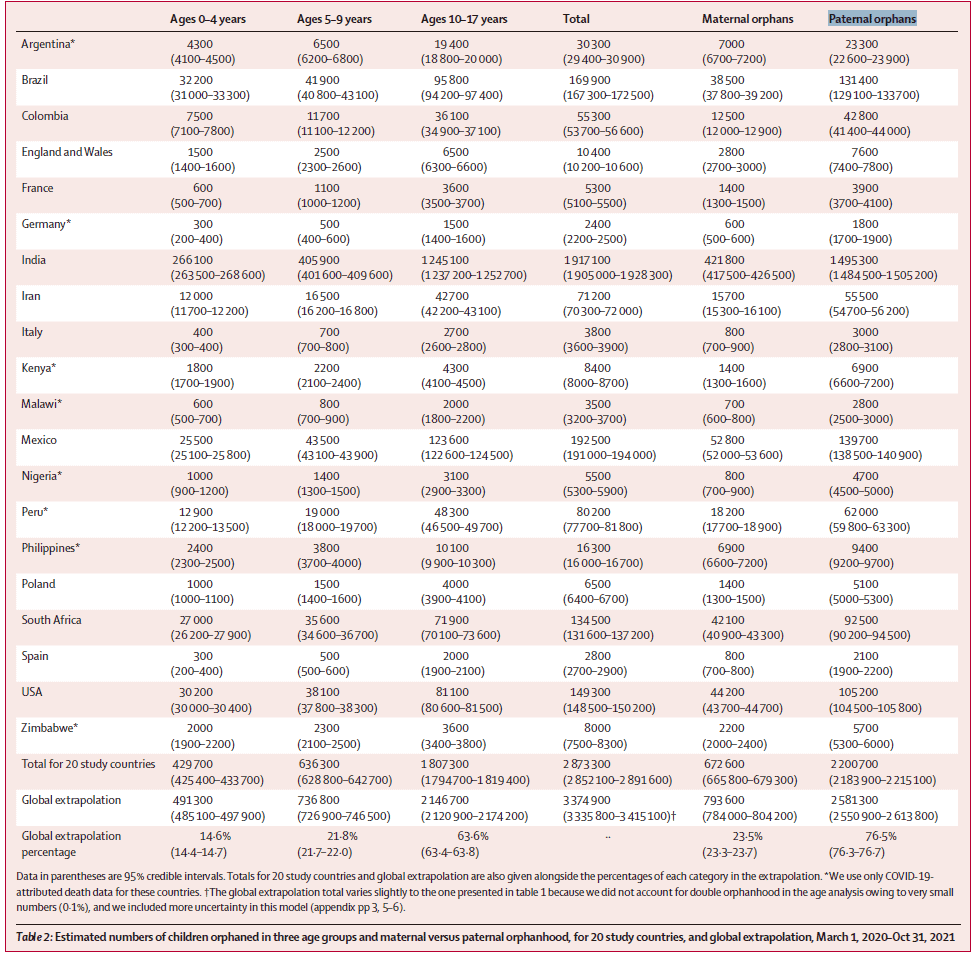
Susan Hillis, co-chair of the Global Coronavirus Affected Children’s Assessment Group, says orphans’ identities will not come and go like viruses.
Unlike adults, “new coronavirus orphans” are in the critical stage of life growth, life depends on family support, emotional need for parental care. According to research, orphans, especially the “new coronavirus orphans” group, tend to be at great risk of disease, abuse, lack of clothing and food, dropping out of school and even contaminated with drugs in their future lives than children whose parents are alive, and their suicide rate is nearly twice that of children in normal families.
What is more frightening is that children who have become “new coronavirus orphans” are undoubtedly more vulnerable and become the targets of some factories and even traffickers.
Addressing the crisis of “new coronavirus orphans” may not seem as urgent as developing new coronavirus vaccines, but time is also critical, children grow at an alarming rate, and early intervention may be essential to reduce trauma and improve overall health, and if critical periods are missed, then these children may have been burdened in their future lives.




